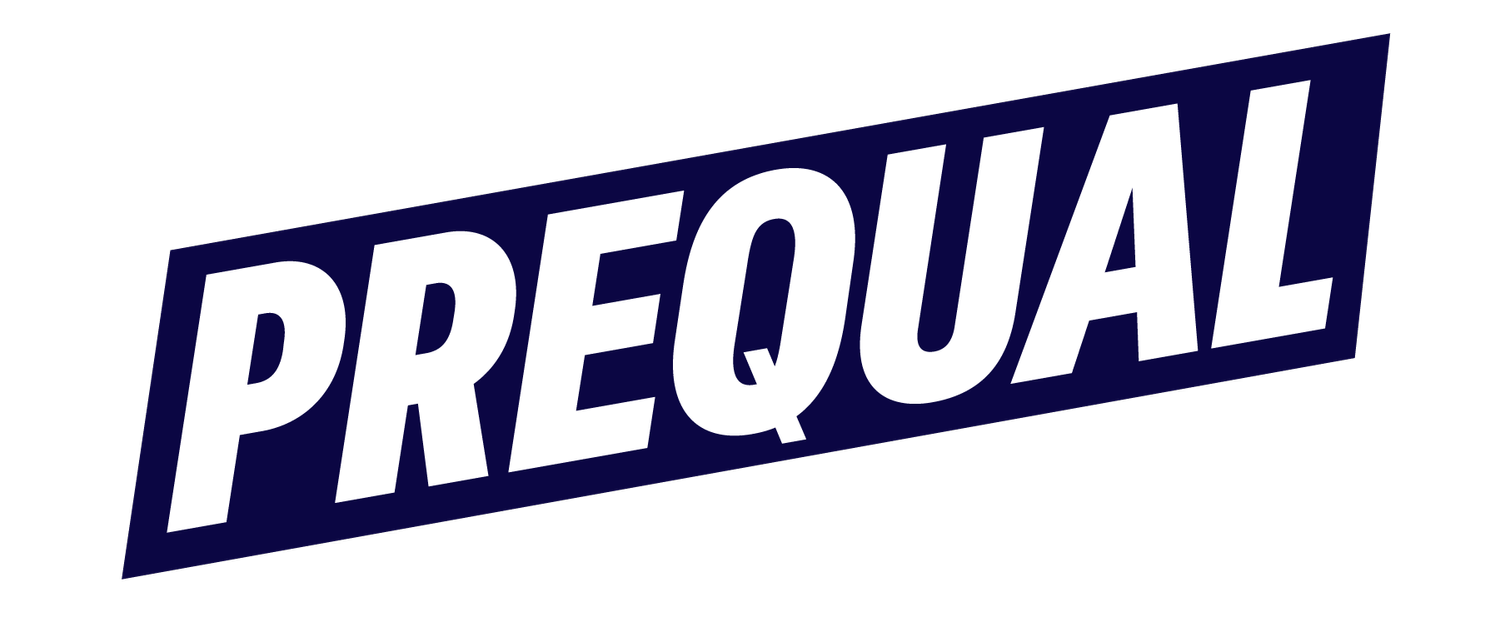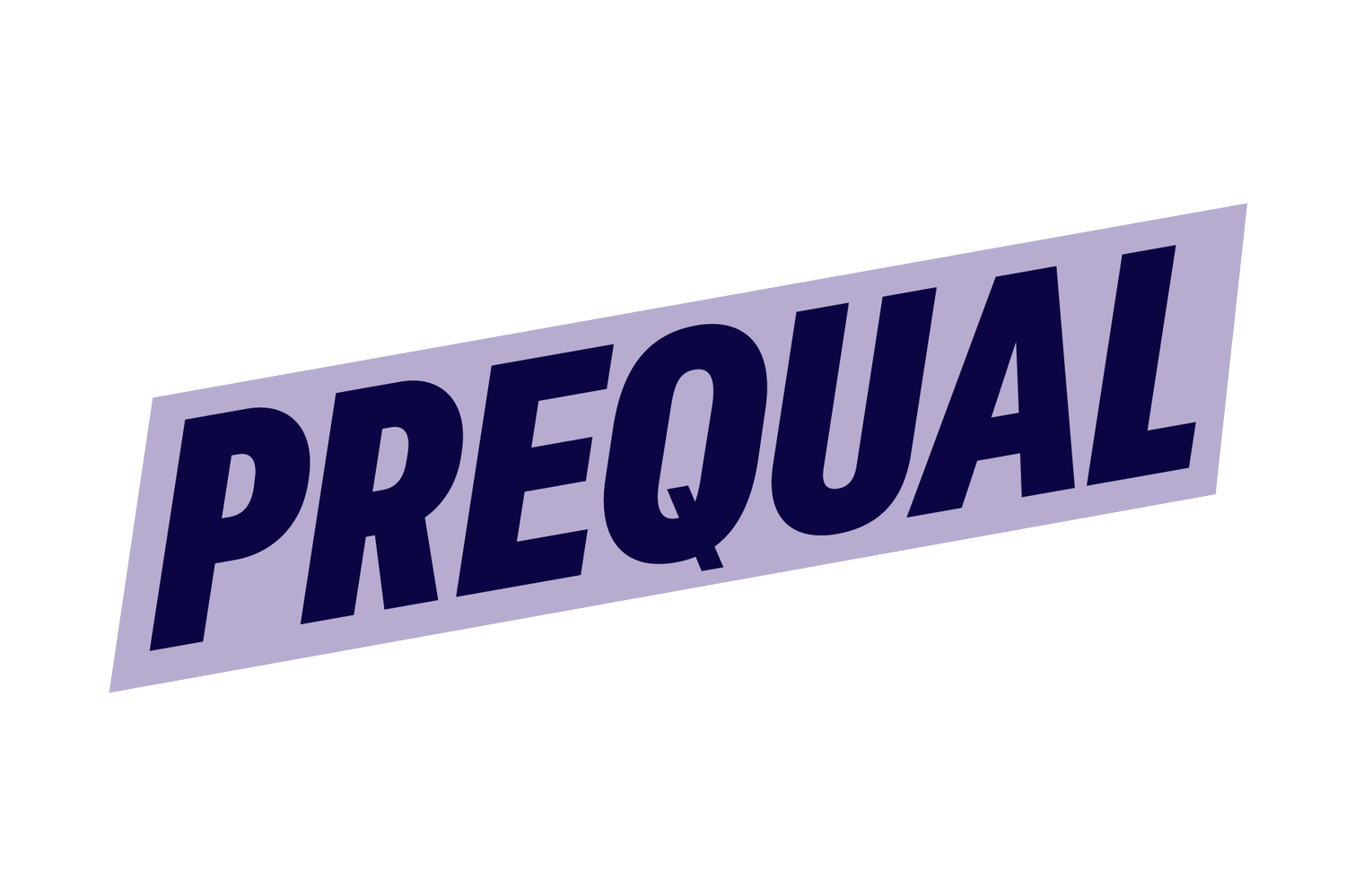Stay Interviews: Why They Are Important for Employee Retention
A stay interview gives you the chance to fix engagement problems now.
An exit interview offers the opportunity to learn from your mistakes.
Learning Why People Stay and Why They Go
Stay interviews are interviews with members of your team or as a group. The immediate goal is to learn how they feel about working for your organization. The over-arching goal is to keep talented and dedicated people working for you.
A good stay interview explores an employee’s experience from a teamwork, career, and cultural perspective.
Stay interviews should be prefaced with a group workshop during which the group discusses their team dynamic. Different information comes out of the group and individual discussions, which is why you need both. Working people describe their experience differently depending on who is listening, and when you understand how that works, you’re able to decode that information and make it useful. This approach gets you experience and engagement data that gives you much more to work with than an employee survey and more than an exit interview.
Depending on your workplace culture, employees express very little of their genuine experience directly to their managers or even to anyone inside the organization. They say only what they can without fear of reprisal or alienating that colleague or manager.
The trouble is: the most critical information is found in the things they aren’t willing to say.
Accessing Authentic Employee Experience
A stay interview outside partner can be an effective way around this. You want to get an accurate, actionable data set from your stay interviews, so it might be useful to engage a consultant to get employees to open up a little more.
The introductory group session helps interviewees learn about what inspires and motivates them. Not everyone knows what really feeds their soul, i.e., which activities start their emotional engines. It helps to learn about this in a group setting because it allows them to see that this is where everyone has equal footing – we all have emotional engines that need starting. Further, they might not even know that the absence of that “spark” drags them down and makes them less productive.
Your team might not know that three things make it impossible for them to fully engage: isolation, meaninglessness, and pain-punishment. They might not know how to tell if any of those things affect them or how to fix them. The group introduction goes a long way to establishing needed awareness.
This initial session equips your team to take active responsibility for being an engaged employee. It also lets them articulate what their employer can do to make things even better. When you ask a common stay interview question like: what do you think about as you’re driving home every day? You get an informed answer. They know what the interviewee is looking for because they’ve been adequately briefed and prepared.
At Workplace Culture Store, we know that fun goes a long way to setting an employee at ease, which helps them open up a little more. That’s why the second technique we use, which isn’t commonly used with the standard stay interviews, is this: we allow the employee to place some comments into what we call the Jeopardy Jar. A comment that goes into the Jeopardy Jar is potentially provocative. It might stir the pot, and for whatever reason, the employee is nervous about expressing it. That’s why in this stay interview model, it gets said without naming the employee and only after it has been stripped of emotion and stated professionally. Every comment that goes into the Jeopardy Jar also comes with a This Sucks scale to show how much the employee hates this particular aspect of their work.
The 1-10 This Sucks scale expresses things like anger, disappointment, or resentment – things that make the workplace awkward and uncomfortable. These are the feelings that, if they’re not dealt with, worsen until the employee leaves. They’re also the feelings that employees are reluctant to disclose directly to a manager, which pretty much explains why companies are blindsided when their top people leave.
It is playful, so by inducing some laughter, it counteracts and heals some of the negative feelings. The game with their interviewer is funny, so it helps them see the whole thing through a lens of humor and lightheartedness. This allows them to take a braver journey into that vulnerable spot in their work experience, into the situations that burned their butts.
In the game, discomfort is expressed as a number, which gets the point across while removing the sensitive, personal adjectives that get everyone riled up. This makes the employee feel safe saying it during the interview. They know that their true feelings have been expressed, but the manager won’t have the opportunity to get their hackles up. More importantly, they won’t be as quick to enact any reprisal. They don’t know who said it, and the specifics are removed. They will get some valuable information about how their leadership habits might be hurting engagement.
(The way this information is imparted to the supervisors is also playful, but you have to contact Workplace Culture Store to find out how.)
OUTPUTS OF A GOOD STAY INTERVIEW PROCESS AND REPORT
For Employees
A stronger awareness of his/her sense of belonging at their workplace.
A better understanding of how his/her relationships in the workplace contribute to success.
Some new insights on how to better cultivate togetherness and collaboration skills.
Awareness of his/her passions and authentic fulfillment in work.
Permission to bring more fun into their work life, knowing it supports their performance rather than interfering with it.
For the Organization
Improved awareness of how effectively employees are connecting at work and what team-building activities might be needed.
Insight on the top three contributors to ailing engagement: isolation, meaninglessness, and pain-punishment, and how to counteract the effects specifically for addressing your organization’s challenges.
Improved awareness of the interests and passions of the team. These represent the best way to reach them on a meaningful level – spark their engines.
Knowledge of how to help employees connect their roles and tasks to the organization’s objectives as a whole and feel a sense of purpose in it.
Some insights on how your employees define “fun” and how to inject more of it into their daily work experience.
About the Author:
Michele Rochon has had a 20-year career in marketing and client/employee experience. About 8 years ago, after observing weary and ailing coworkers, Michele began researching mental health and engagement in the workplace, especially the high-stress world of consulting. Michele tested many different methods of managing mental health in a high-pressure work environment, for both managers and their teams. Through this exploratory work, Michele discovered that isolated employees are stressed employees. She recorded her findings in a set of books and tools and now provides these through her web store: workplaceculturestore.com.
In mental health management efforts, Michele has always been careful to create ways for working teams to support one another. Along those lines, Michele provides virtual engagement experiences, stay interviews, and learning designed to help teams meaningfully connect and grow together as community-minded organizations.


